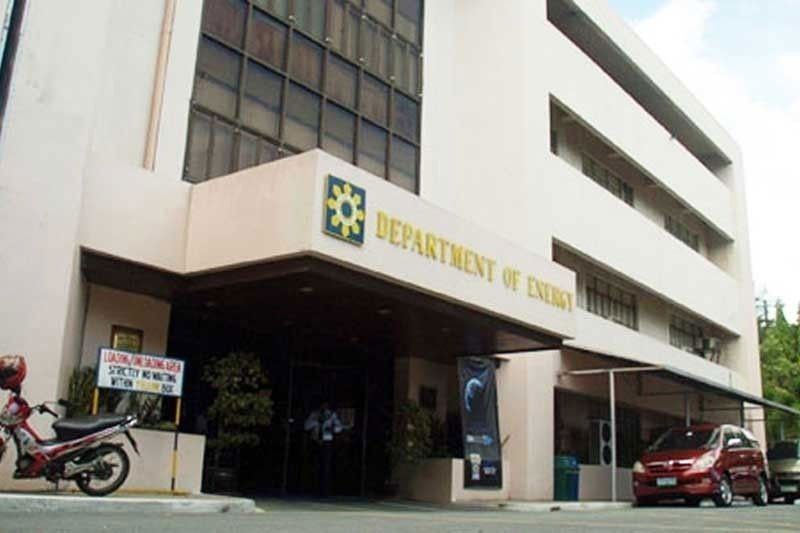DOE formulates policy on development of offshore wind farms

MANILA, Philippines — The Department of Energy is working on a policy on the development of offshore wind farms to further improve renewable energy (RE) technologies in the country.
The DOE has partnered with the World Bank Group and the UK Embassy to develop specific policies and regulations for offshore wind projects, DOE-Renewable Energy Management Bureau (REMB) director Mylene Capongcol said in a text message to The STAR.
The agency held a kick-off meeting with the World Bank Group and the UK Embassy last Thursday.
“For UK, its more on capacity/knowledge sharing by UK government/practitioners, to cover around six sessions/focus group discussions-webinars. For the World Bank Group, they will assist the DOE in developing roadmap for the Philippine offshore wind,” she said.
So far, the Triconti Windkraft Group—a partnership among Filipino, Swiss and German companies—secured contracts from the DOE to build offshore wind energy projects in the country.
The awarded contracts, located in the Aparri Bay up north and in the Guimaras Strait in the central Philippines, have a combined potential output of over 1.2 gigawatts (GW).
With the DOE service contracts in hand, the Triconti Windkraft Group now holds the exclusive rights to study and develop the very first offshore wind projects in the country.
Meanwhile, the agency will not draft a similar policy for floating solar. It is working with the Laguna Lake Development Authority (LLDA), which is formulating a policy for large-scale floating solar projects over the Laguna Lake.
“As of now, [we don’t see a] need [for a policy on floating solar] but we are in coordination with LLDA because most floating solar are in LL. We are studying though the synergy between food security and energy through floating solar (demo project) in Magat,” Capongcol said.
She was referring to SN Aboitiz Power’s 200-kilowatt (kw) floating solar project over Magat Dam, the company’s first non-hydro RE project.
Switched on in June 2019, the 200-kw facility provides internal power to SNAP-Magat’s facilities.
Because of the pilot project’s success, SNAP’s board of directors approved to proceed to engineering design for a floating solar plant with up to 67 MW in capacity.
The company is now conducting a feasibility study (FS) to validate the initial results and confirm the viability of a commercial-scale project. The FS phase is expected to run for about 10 to 12 months.
Apart from SNAP, several other companies are looking to develop floating solar projects in the country.
Meralco Powergen Corp. (MGen), the power generating arm of Manila Electric Co. (Meralco), is also eyeing to develop more floating solar plants over the Laguna Lake.
MGen, through subsidiary MGEN Renewable Energy, Inc. (MGreen), formed Lagunasol Corp. in September 2020 to house its floating solar investments.
It is securing lake lease rights for six strategic locations of 100-hectares within the Laguna Lake, based on a regulatory filing.
In 2019, MGreen also acquired 70 percent of Nortesol III Inc., a local firm engaged in the development, construction and operation of power plant and related facilities using renewable energy system and hybrid energy system. Nortesol is a subsidiary of SunAsia Energy.
Nortesol is currently developing a 110-MW dc/90-MW ac floating solar facility in Laguna de Bay and waiting for the LLDA leasing policy.
Former National Renewable Energy Board (NREB) chair Monalisa Dimalanta said there is still a huge space for investments in solar and wind which remains unavailable and untapped for investors.
“I wouldn’t say inaccessible because SNAP is there and we are able to attract still, despite the difficulty. There are very diligent investors who still want to participate in our economy. There are ways, avenues available for that,” she said.
The former NREB official said new technological limits in RE are among the challenges that need to be hurdled in the solar and wind space.
“That is one of the questions that we were grappling with at the NREB. The Department of Science and Technology, which also sits as an observer at the NREB, was actually quite helpful in this regard. Technology has advanced so much,” Dimalanta said.
- Latest
- Trending































